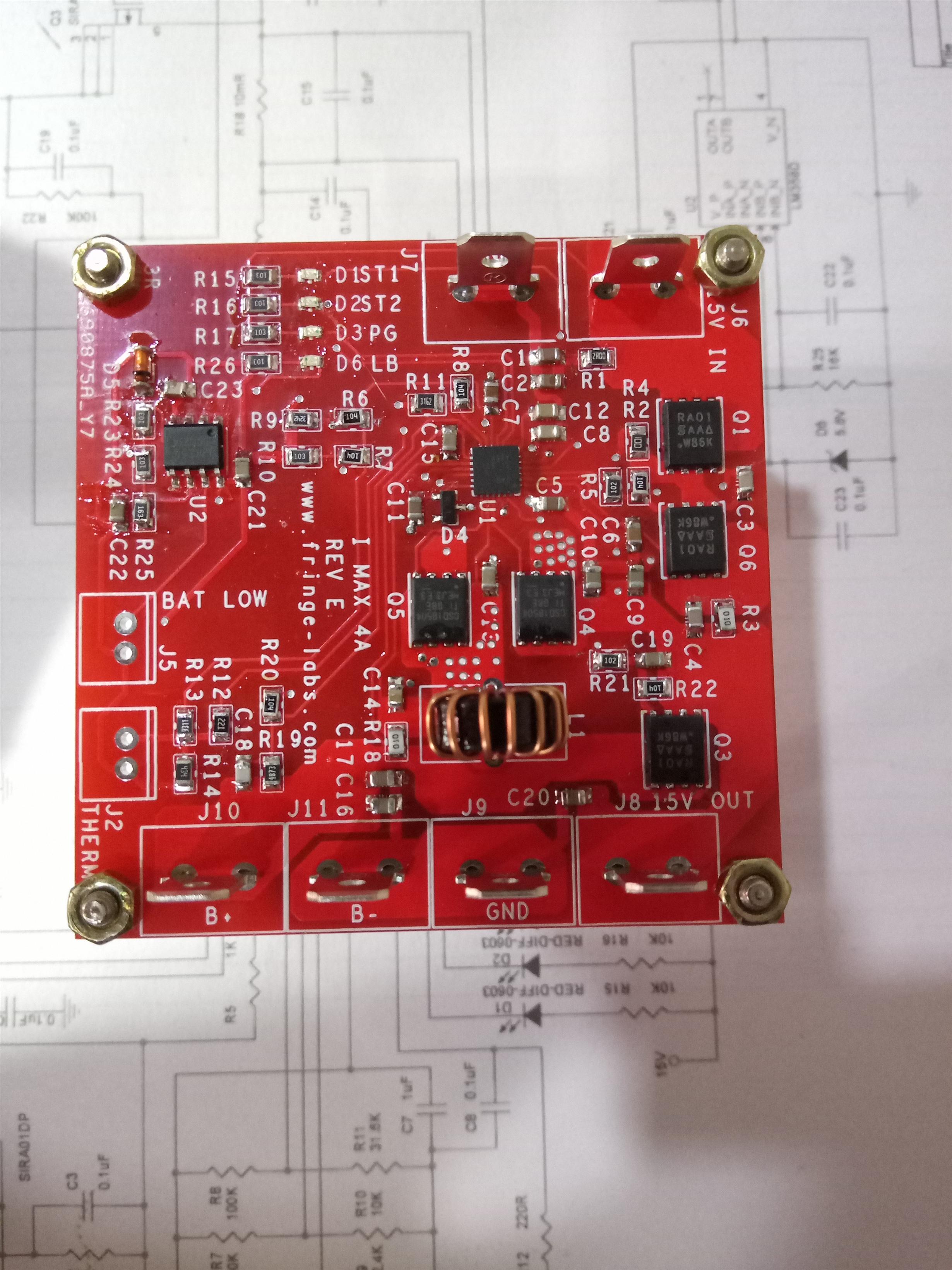Hi, Attached is the pdf of simple charger in which with or without battery connected, ACFET is never turning on.
VREF is 3.3V, ACDRV is SMPS voltage - 0.4(Approximate).
Acset = 0.8V
Iset2 = 0.3V
Iset1 = 0.79V
VR4 = VR18 = 0V(No load connected)
HIDRV = 5V
LODRV = 0V
Led Status : D1 and D3 is glowing.
SMPS voltage tried in range of 5V to 19V
Also when input smps is not connected and when running on battery, BATFET is turning on (BATDRV = Vbat - 5V(Approximate))
Can any one help me out?VVC_SCH_REVE_23AUG2019.pdf
Thank you


